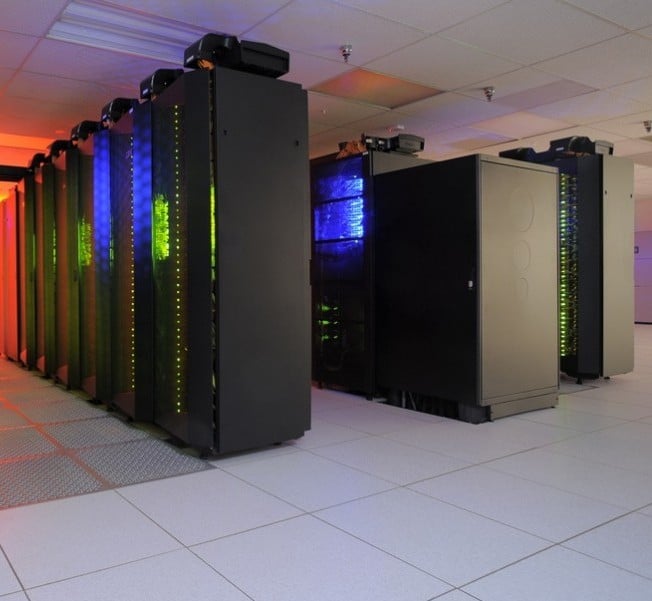From speakers you can text to sales associate robots making their way through Lowe’s, the last year brought a variety of impressive technological advances that demonstrated the potential of artificial intelligence (AI).
While we are still many generations away from seeing software that will be able to fully mimic human intelligence, we are now in an era where humans can have conversations and other interactions with technology in a way that wasn’t possible in the past.
Technology Review pointed to Microsoft’s Cortana as a standout example of how technology can now recognize, process and respond to human speech. The virtual assistant is essentially taking applications like Apple’s Siri to the next level.
Cortana is built into the mobile version of windows and actually learns about the person using the software over time.
While other voice recognition software from the past allowed users to launch apps or receive quick answers to simple questions about a celebrity’s age or what the weather is like, Cortana actually has the ability to control certain apps, connect reminders to specific people and accurately follow a series of questions and demands.
“After asking for ‘The best Mexican restaurants in Palo Alto,’ he could narrow down the candidates Cortana listed by asking ‘Which ones take reservations?’ and then ‘Call the second one,’ after making a decision,” Technology Review reported about Joe Belfiore, vice president of Microsoft’s operation system group, who presented the new software back in April.
The year also revealed the possibilities of using artificial intelligence to monitor homes through thermostats, security systems and more.
Technologies like the Nest thermostat, which recently entered its second generation of devices, actually learns the users’ preferred temperature, daily routine and energy costs.
After compiling enough information about its new owner, Nest adjusts accordingly without consumers having to think twice about touching the thermostat.
Then there was the introduction of Canary, the smart bot that can defend a consumer’s home from intruders without setting off unnecessary false alarms.
The security system is another artificially intelligent device that learns a family’s schedule and routine and adjusts accordingly.
For example, if the kids are always coming home from school around 3 p.m., the device will know to expect their arrival and won’t sound off immediately when they enter the door.
If the device detects any sort of unusual activity inside the home, it will send push notifications to the buyers’ mobile device alerting them of the new behavior.
Other new technologies from researchers at Facebook allow systems to scan different photos and tell if the same person is present in each photo.
Google also revealed a system that can describe images with short, simple sentences, essentially moving technology closer to having the ability to actually “see” as opposed to just “sense.”
Three main factors contribute to technology being able to function more and more like a human — parallel computation, big data and better algorithms.
The more efficiently technology is able to “think” in a parallel process, collect and store big data and function using better algorithms, the closer it becomes to being more human-like.
These are the reasons 2014 introduced the world to more accurate body trackers that allowed consumers’ motions in person to impact the progress of their video games, cars that were able to drive and park themselves and even Facebook news feeds and search engine results that were so accurate and personalized that many people grew uncomfortable with how smart technology could really be.
Perhaps the greatest AI superstar, however, is still a famous computer by the name of Watson.
Watson famously won a game of Jeopardy in the past, but this year it became incredibly close to breaking barriers in cancer treatment.
IBM announced that a version of its futuristic supercomputer is close to being able to use genomic data to choose personalized treatment plans for cancer patients.
The quickly advancing technology also has some experts predicting that we aren’t too far from seeing some of our wildest sci-fi dreams come to life.
According to Ray Kurzweil, the author of five different books on AI and the founder of futurist organization the Singularity University, we could even start seeing more human-like machine intelligence integrated into our daily lives by 2029.


